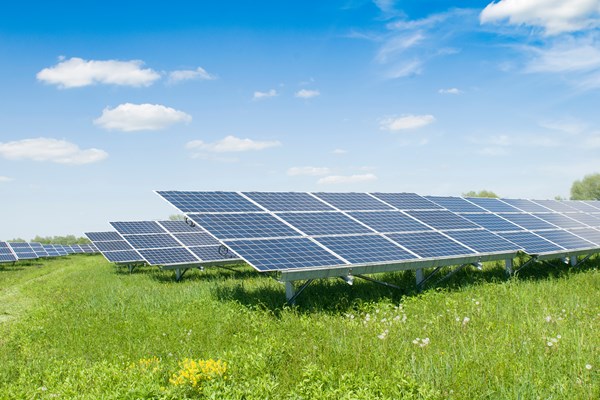Setting a common agenda for clean energy community benefits
Jun 28, 2022

The pace at which Hawaii can advance its renewable energy agenda is largely dependent on how the electric utility and developers engage with communities that host renewable energy projects. Past experience has shown that failing to address a community’s needs and concerns can fuel local opposition against renewable energy; divide and fracture communities; and slow the state’s ability to reduce its dependence on expensive, carbon-intensive fossil fuels to generate electricity.
These issues can be avoided without compromising the interests of the community, developer, or the state. Last year, Ulupono Initiative highlighted different community benefit programs implemented across the world to show proof of concept and inform the conversation locally. Today, there is a unique opportunity to shape a community benefits package for Hawaii.
Earlier this year, Hawaiian Electric filed its Stage 3 Request for Proposal (RFP) for Oahu, Maui, and Hawaii Island. In each RFP, Hawaiian Electric proposes that developers must offer a community benefits package for communities affected by renewable energy projects. Most notably, the proposed package requires developers to contribute or set aside $3,000 per megawatt (MW), or $200,000 annually, for community benefits and work with host communities to “identify and address the community-identified needs.” More details on Hawaiian Electric’s proposed community benefits package can be found here.
This is a tremendous starting point for developers and impacted communities. It signals an understanding of what’s necessary for a more just and equitable energy transition. It also raises important questions that are deserving of a broader and more inclusive conversation as we attempt to standardize a benefit-sharing framework for communities impacted by renewable energy development.
Ulupono hopes interested stakeholders will have the opportunity to evaluate and discuss the proposed community benefits package and other benefit-sharing models outside the RFP process. In the meantime, Ulupono’s monthly eUpdate will spotlight key elements of the proposal through a new story series, defining elements and sharing insights.
Over the next several months we intend to delve deeper into the following topics and questions:
- What is a “host community”? Who is being impacted and how is that determined?
- When it comes to balancing developer contributions, what amounts are meaningful for the community yet affordable for the developer?
- What are some best practices to manage and allocate community benefits? What is the process the host community prefers to use in determining how the financial contribution is spent? And, beyond the financial, what other types of benefits — environmental, cultural, social — are appealing to communities?
Public comments on Hawaiian Electric’s proposed community benefits package or other RFP-related concerns can be emailed to puc@hawaii.gov and should reference Docket 2017-0352, Hawaiian Electric’s Stage 3 RFPs for Oahu, Maui, and Hawaii Island.
Stay tuned for what’s to come!
Read other entries in our Community Benefits Package series:
- Where the benefits begin: Defining a host community (July 28, 2022)
- Exploring benefit sharing options for community benefit packages (Aug. 31, 2022)

